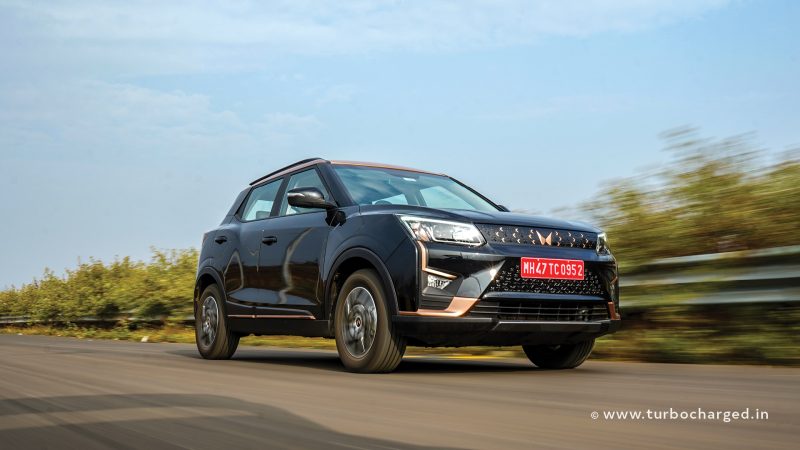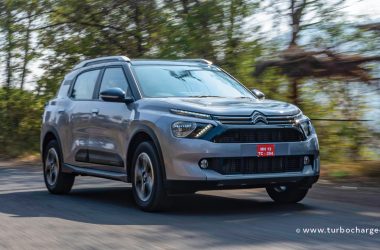Mahindra made its foray into the electric vehicles segment in 2022 with the introduction of the XUV400. Since then, the company has consistently fine-tuned the XUV400 by actively addressing the concerns voiced by its customer base. The latest development for 2024 sees Mahindra unveiling an additional update, christened the XUV400 Pro range. This marks a significant evolution in the model since its inception, but the pressing question remains: does this enhancement equip the XUV400 sufficiently to outshine its competitor, the Tata Nexon EV?
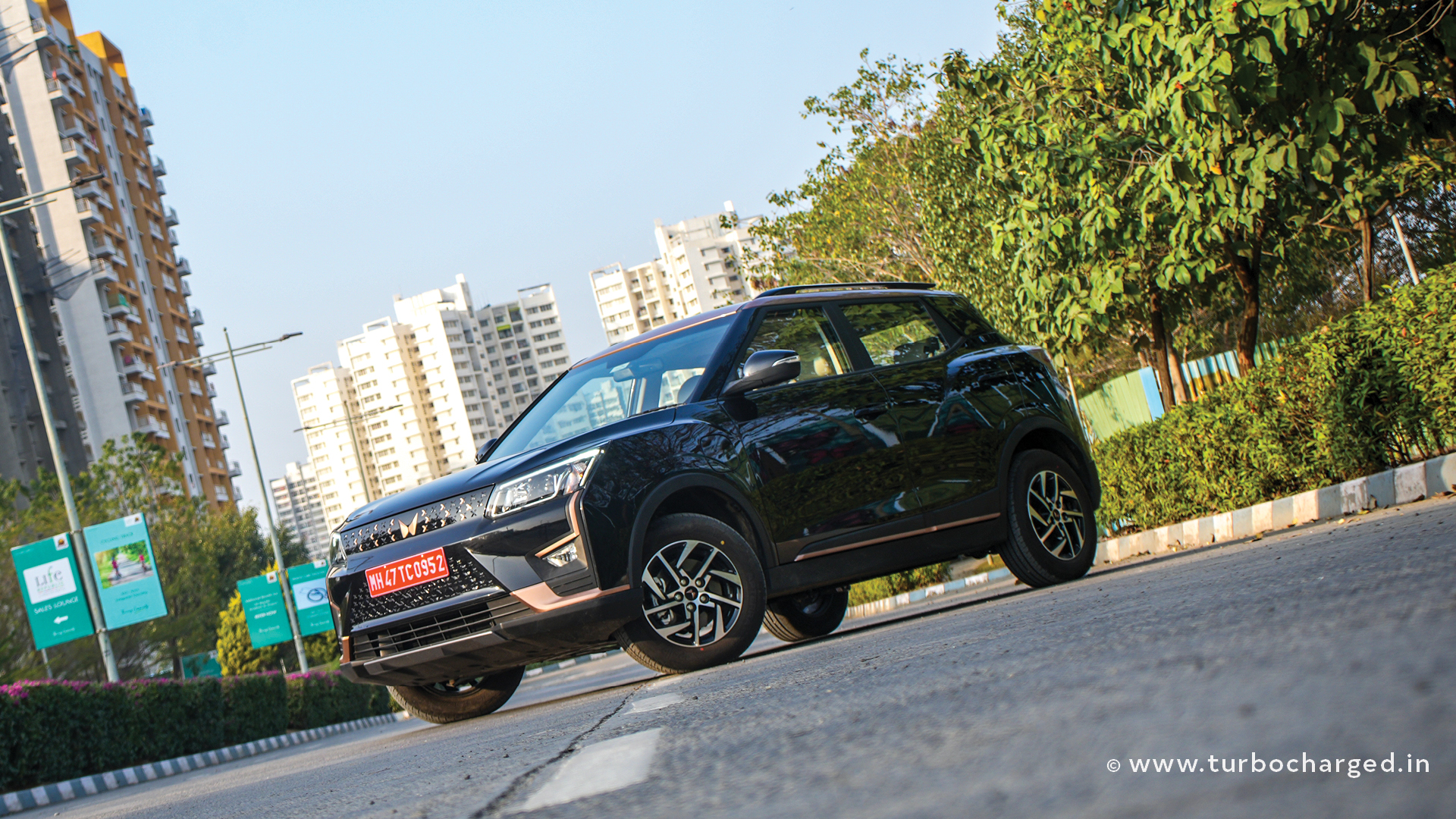
In terms of external appearance, it’s hard to differentiate between the previous model and the Pro model, the only difference being, an additional EV badge at the rear. However, stepping inside reveals nearly every aspect of the previously lacklustre interior has undergone a comprehensive overhaul. The initial impression is the striking two-tone cabin, elegantly executed in grey and black, lending an air of premium sophistication and enhancing the overall cabin feel. The dashboard follows suit, with an additional gloss black plastic trims for a refined touch.
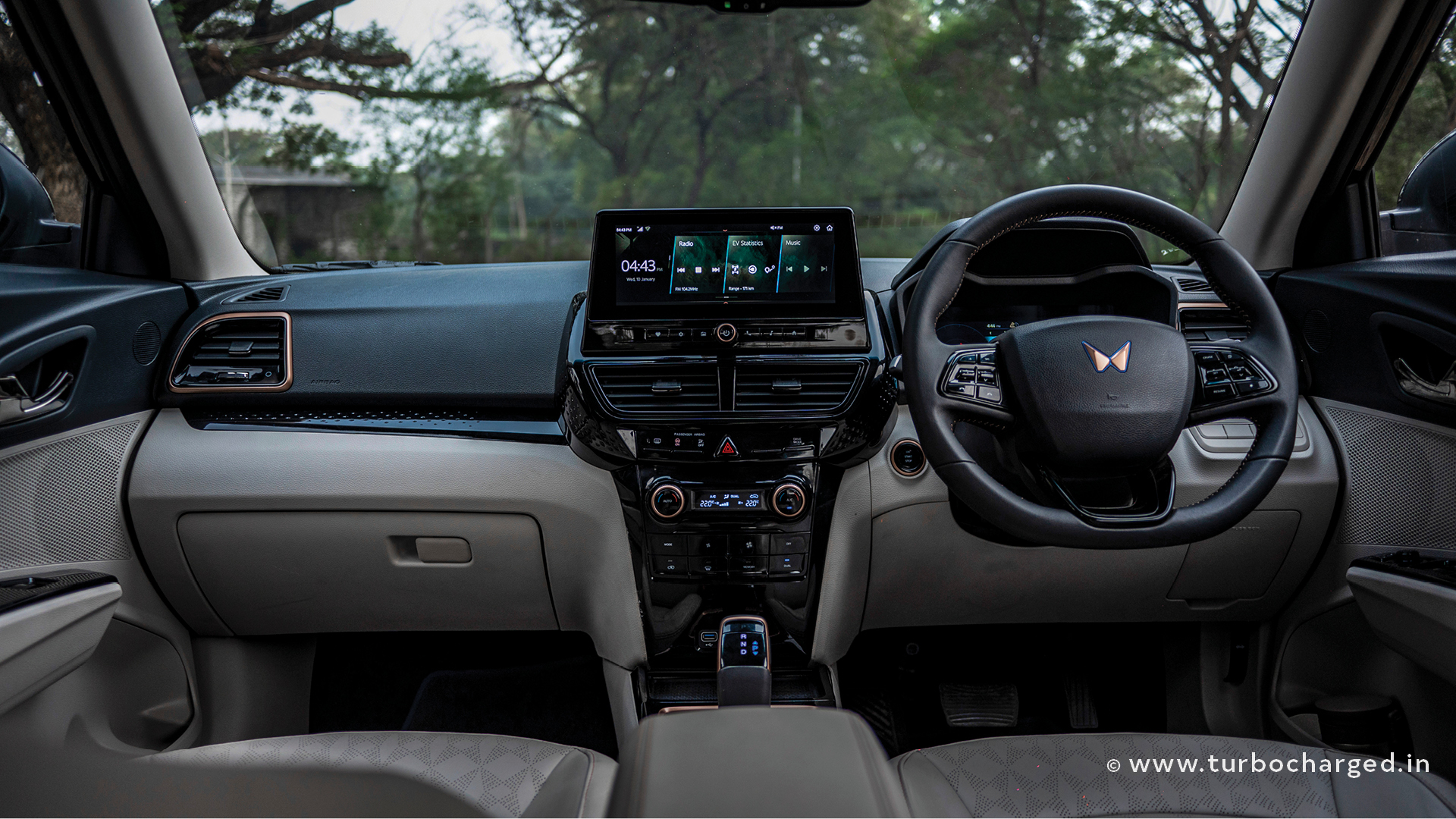
At the centre of attention is the dashboard, now housing a prominent 10.25-inch infotainment touchscreen equipped with ADRENOX, Mahindra’s connected car technology. Additionally, the system supports wireless Apple CarPlay and Android Auto. Noteworthy is the replacement of the analogue display with a 10.25-inch full digital instrument cluster, offering configurable layouts and a Map view that spans the entire screen. This comprehensive display goes beyond the basics, showcasing features such as TPMS, tyre temperature, vehicle warnings, alerts, and detailed battery usage information, presenting a neatly organised and information-rich interface.
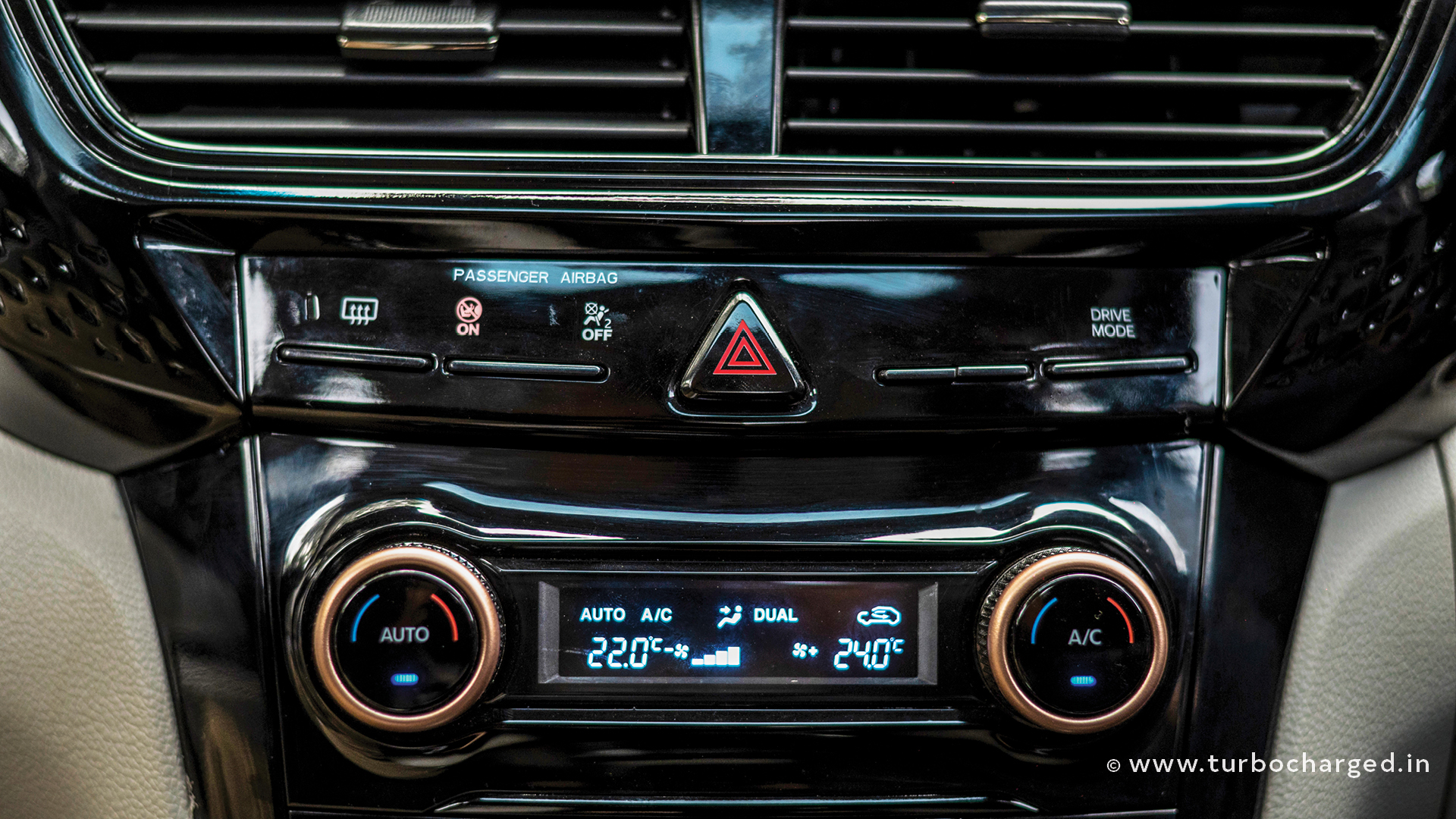
Further enhancements are evident in the revamped centre console of the XUV400 Pro, featuring a dual-zone climate control system, a convenient wireless charging pad, and multiple charging ports. This thoughtful redesign adds to the vehicle’s overall appeal, blending modern functionality with a touch of premiumness.
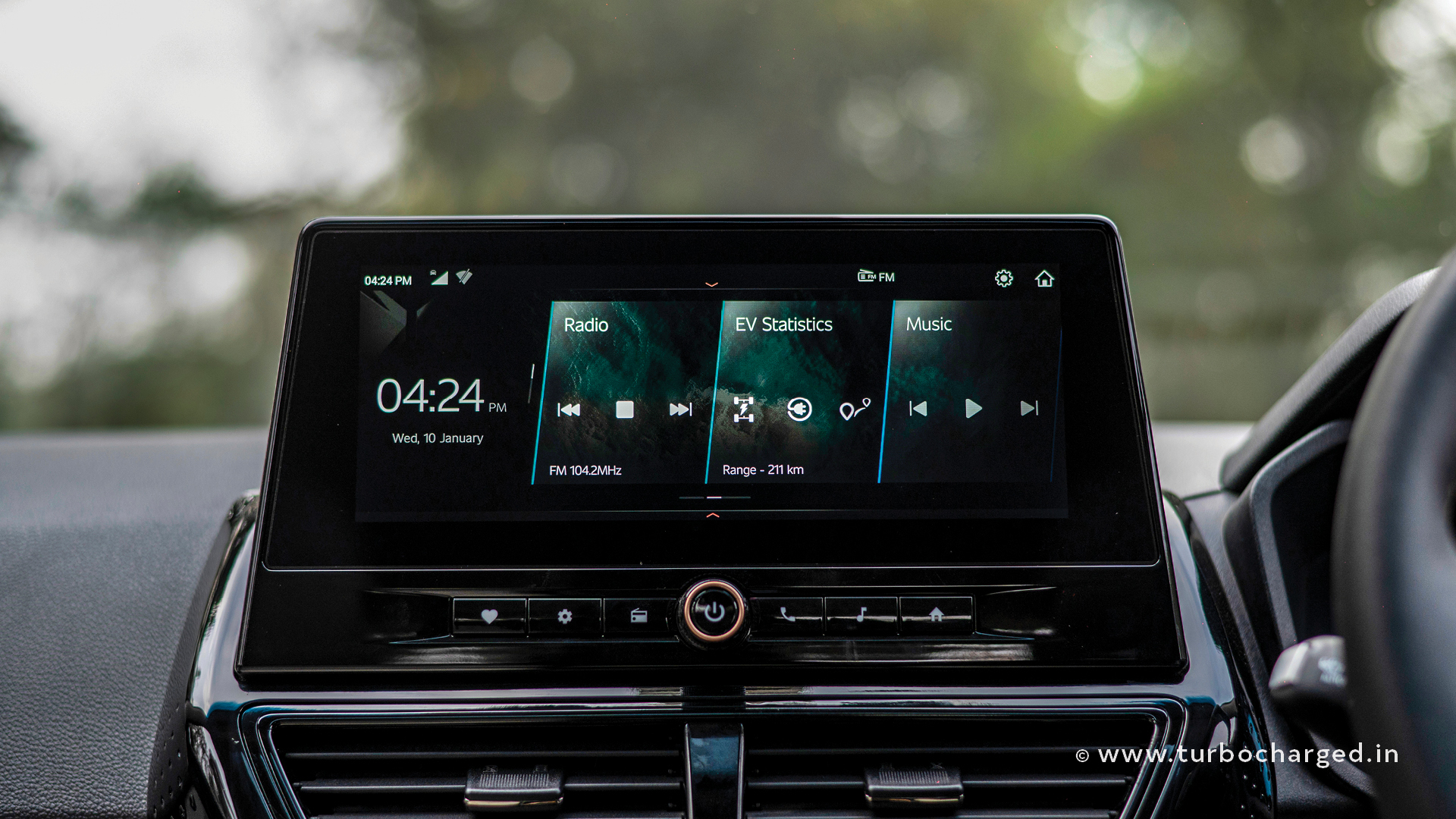
The latest iteration features a flat-bottomed steering wheel, inspired from the XUV700. Noteworthy is the addition of copper stitching detailing and the distinctive Mahindra Twin Peaks logo adorned in copper, complemented by blue accents, subtly signalling its electric identity within. Inside the XUV400, one is greeted by new perforated leatherette seats in an elegant shade of grey, offering a blend of comfort and support with ample bolstering. How it stands up to the dust of the Indian sub continent remains to be seen. The rear seats are spacious and accommodate three adults, now enhanced with dedicated air vents, a fast-charging Type C port, and a storage space for your mobile phone.
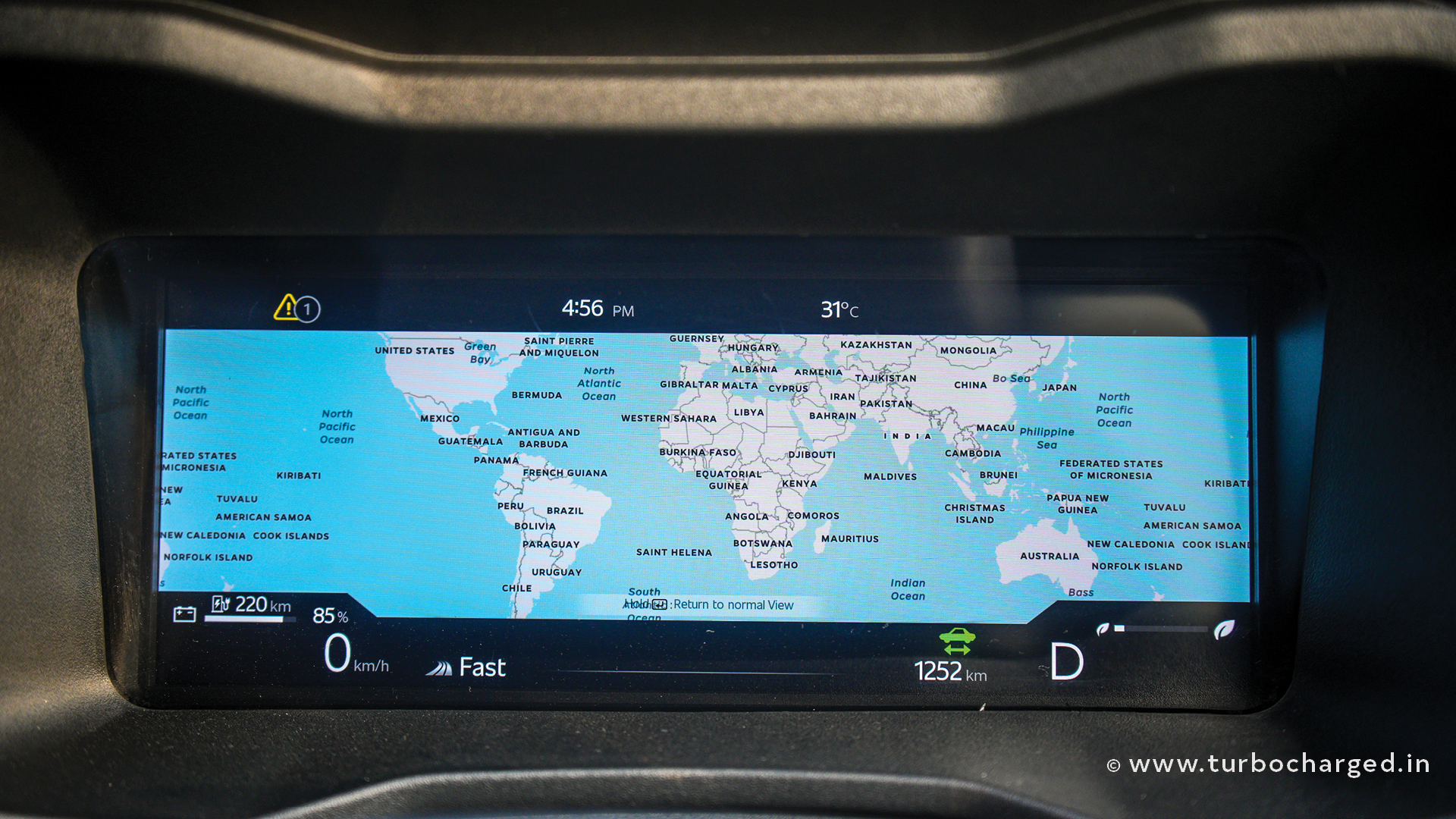
In its latest iteration, the SUV has retained the fog lamps, cruise control, traction control and auto-dimming IRVMs from the previous update, and these features seamlessly carry over to the Pro variant.
While there haven’t been any alterations in the mechanical department, the driving experience in the XUV400 Pro remains quite familiar. The updated steering wheel, however, imparts a slightly heavier feel compared to its predecessor, where it was too light and lacked confidence at higher speeds.
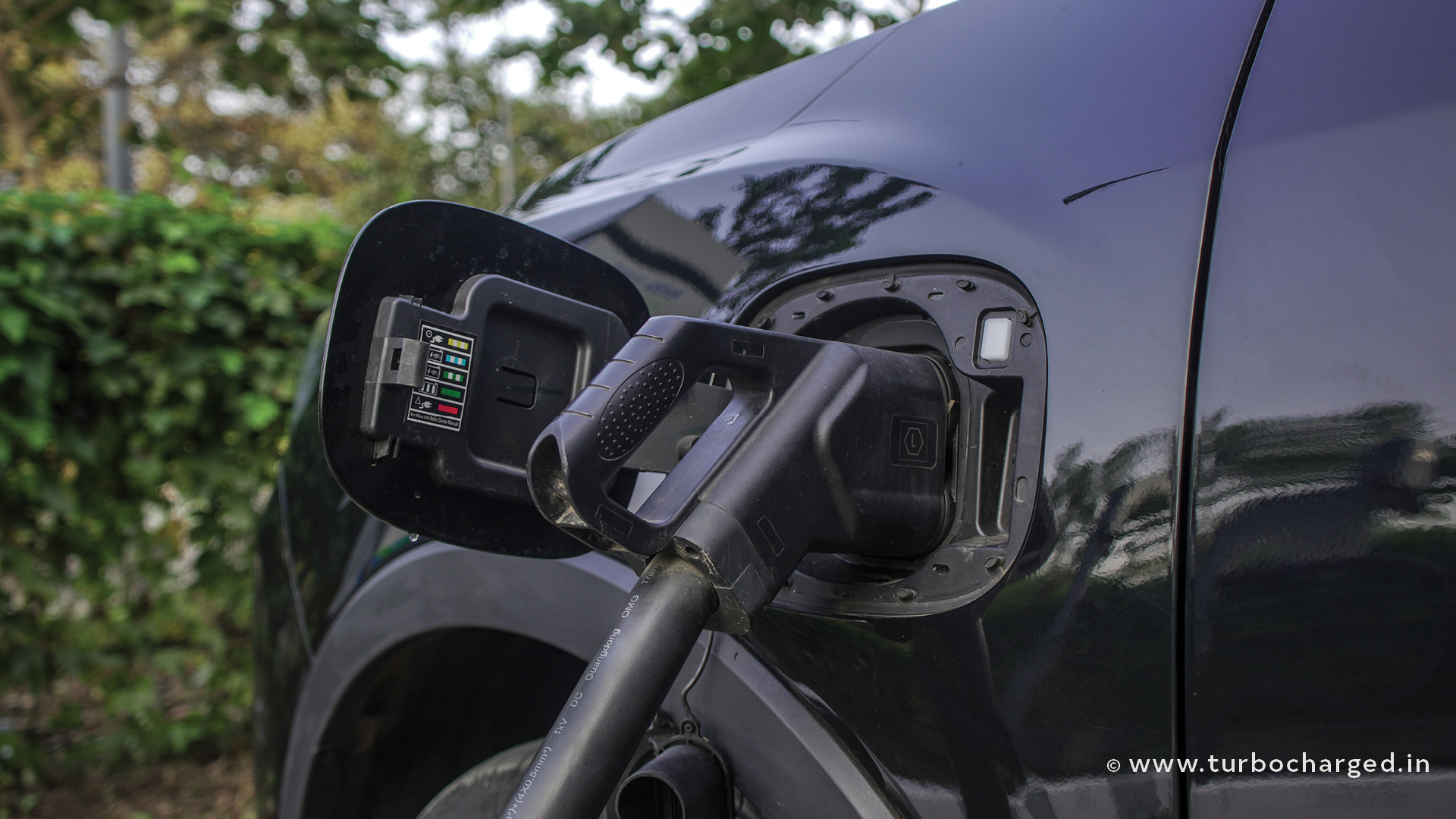
The PRO Range offers a choice between two battery options: a 34.5kWh and a 39.4kWh. According to ARAI claims, these batteries provide a range of 375km and 456km, respectively.
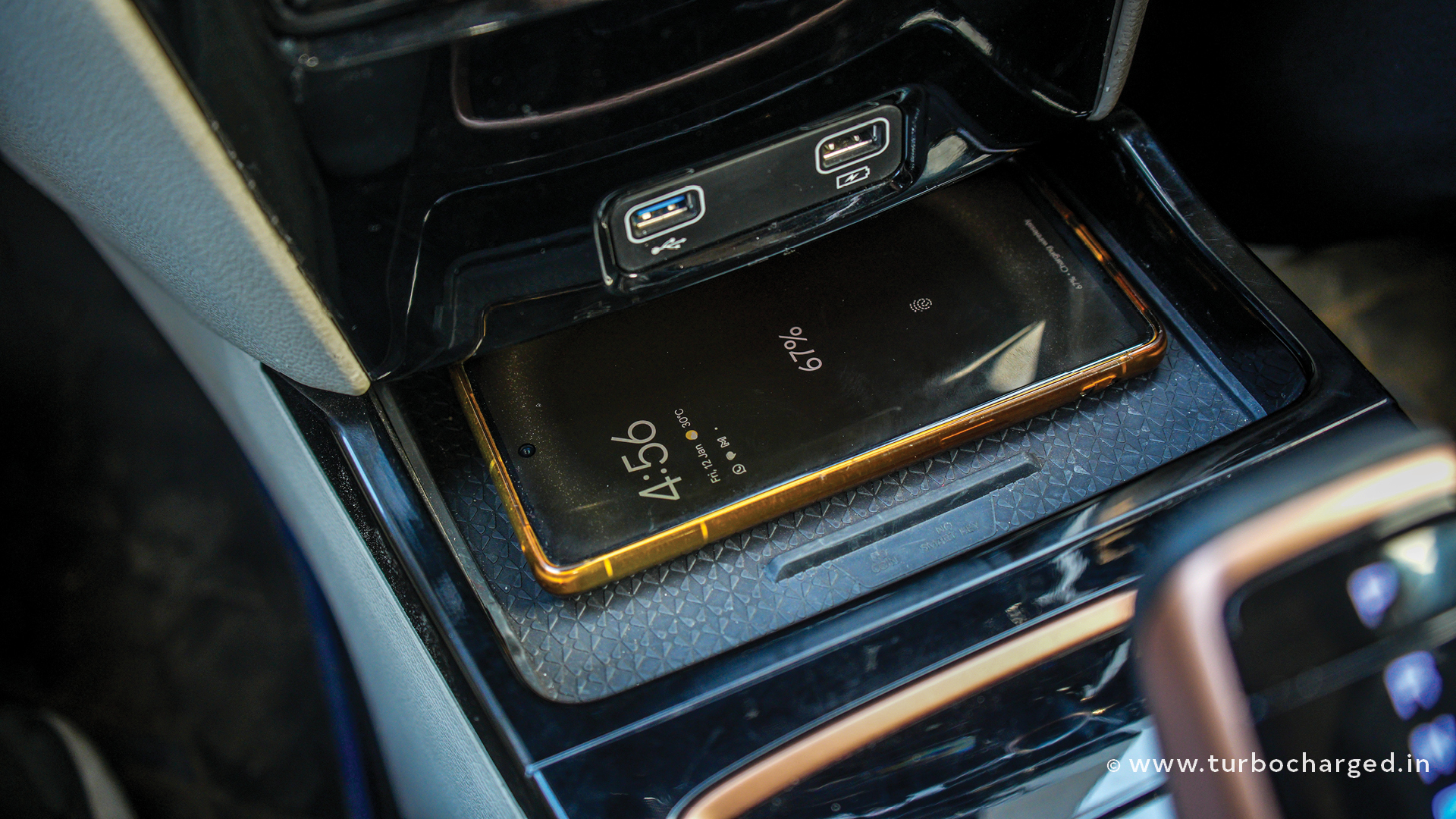
For driving dynamics, the XUV400 Pro retains the three drive modes – Fun, Fast, and Fearless. Fun mode serves as the economy setting, delivering a linear power delivery and more than adequate performance for urban commutes. However, switching to Fearless mode unleashes the full potential of the motor, providing a robust acceleration with some wheel spins.
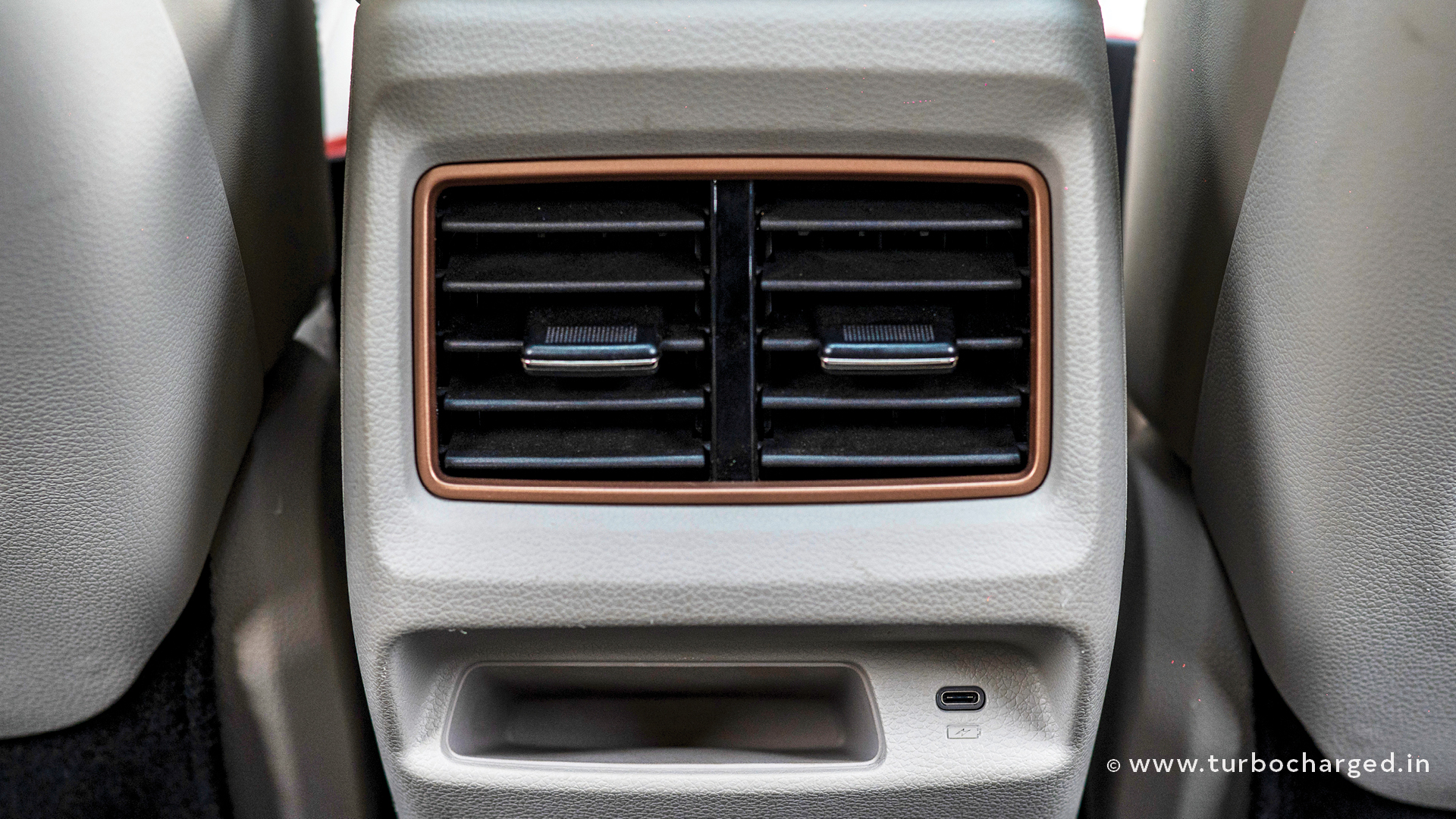
The steering weight also varies across the drive modes, being lightest in Fun and heaviest in Fearless. However, it lacks any significant feel or feedback in either setting. Although regeneration cannot be adjusted with the drive modes, shifting to ‘L’ mode which is called as single pedal mode, increases regen strength. In this mode, you can get the SUV to come to a complete halt without using the brake pedal.
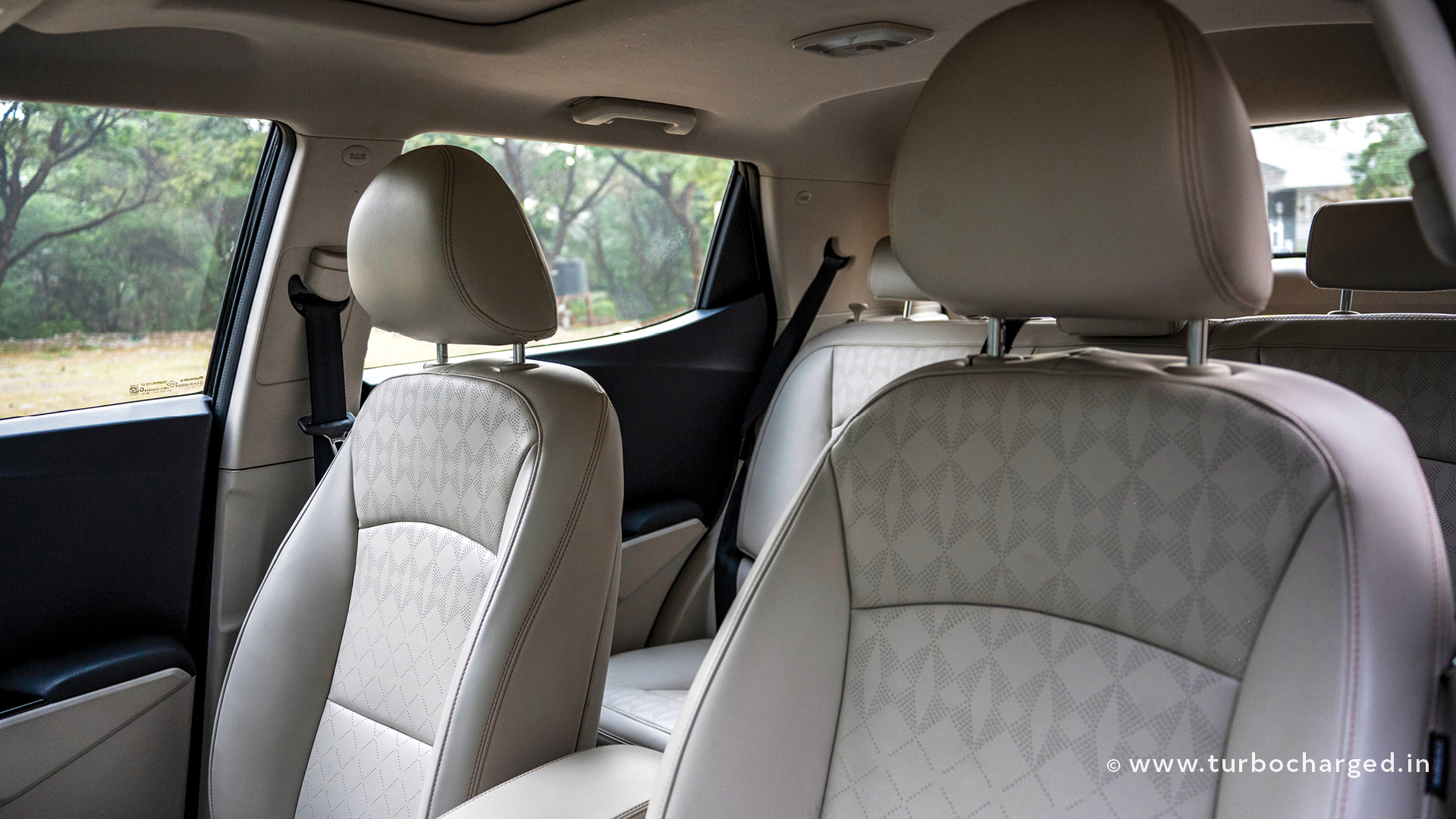
The suspension seems to prioritise comfort, offering a soft and supple ride at lower speeds. On the other hand at higher speeds, it tends to become bouncy and does not instil much confidence in the driver.
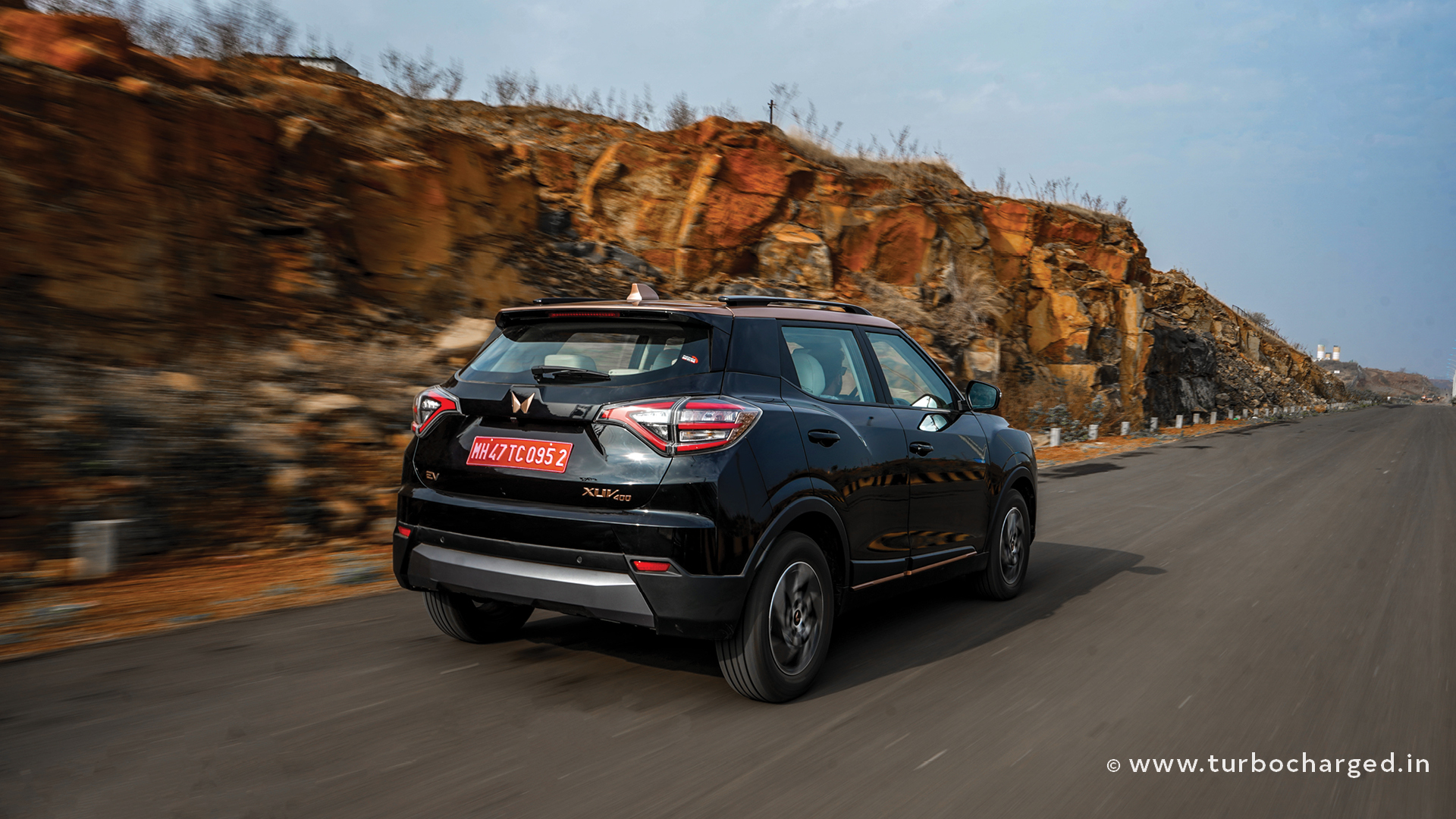
To sum it up, the Mahindra XUV400 EL Pro emerges as a compelling option in the electric SUV segment, surpassing its predecessor with a myriad of features and an attractive introductory price of Rs 15.47 lakh, effectively reducing the starting price of the EV by Rs 50,000. With a blend of performance, connectivity, and comfort, it stakes its claim as a top choice for EV buyers. For those still contemplating, We recommend you go check it out.





